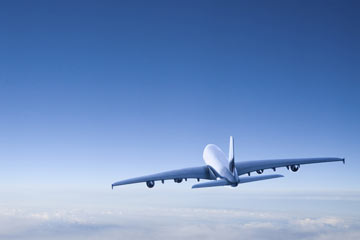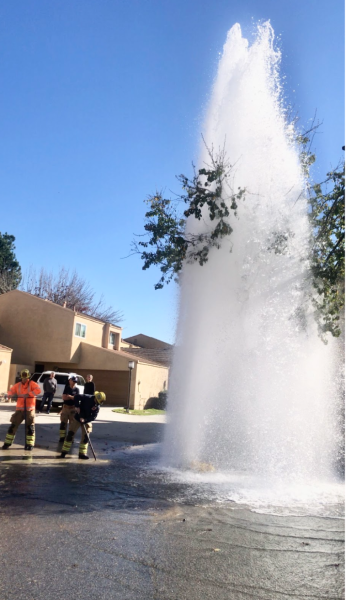Airline Safety Tips

Image courtesy of hswstatic.com As Airlines have come into more use, so has the need for safety.
February 17, 2015
While safety regulations for airlines have been steadily improving and becoming more efficient, accidents will happen. Recently there have been a relatively high number of plane crashes, the most notable of which was the crash in Taiwan. Airlines are a crucial part of transportation and shipping in modern society, but, like any technology, using it comes with some unavoidable dangers.
Keep in mind, though, that airlines are the safest form of transportation. In the words of FAA Deputy Administrator Michael G. Whittaker, “The FAA is focused on delivering benefits to airspace users.” The problem is accidents on a metal tube soaring at speeds of 600 miles per hour at 40,000 ft. in the air tend to have more lethal effects than accidents at much slower speeds while on the ground. Still, these accidents are not to be taken lightly. While such incidents are extremely rare, it is always beneficial to be safe than sorry, as anyone will attest. Following are some tips for what to do to maximize safety during flight.
Take Non-Stop Flights
The majority of airline incidents occur near the beginning and end of flights; namely takeoff, climb, descent, and landing. Takeoff and landing are stressful times for the passengers, but on the plane especially: at takeoff, the plane is carrying the most fuel, meaning all the components must struggle to lift the most weight. Any minor mechanical problems tend to manifest as well, as the plane is experiencing the most stress. It is possible to minimize the risks associated with this by taking nonstop flights and avoiding multi-stage journeys. While this may be more expensive, this has the added bonus of reducing travel time.
Fly on Larger Aircraft
Larger planes tend to have better survival rates, a trend clearly seen in statistics. This makes sense, as larger planes would be more thoroughly vetted by inspectors for the benefit of the safety of passengers. A larger aircraft also provides more surface area to disperse impact, allowing for a lessened impact. While small distributions of force during a crash may seem insignificant, minor details such as that are often the difference between life and death.
Take Note of the Safety Instructions
The airline industry knows that accidents happen. That’s why they provide an in-flight safety briefing on every flight. Sure, they may seem repetitive and dull, but then again, being entertaining was never their point. The point of the safety briefing is to make sure passengers are prepared in case of an emergency. Paying attention to the briefing can provide one with powerful knowledge.
Make Sure Items are Secure
One survivor of the Taiwanese plane crash claimed he helped a woman and child survive by removing their seatbelts. This was a very dumb move. The only thing worse than being in an airplane crash is being in an airplane crash with your body rag-dolling around the cabin. In such a state, you increase the danger not only to yourself, in the form of broken bones from impact into the surfaces of the plane, but also to everyone around you, what with your body turned into a flailing battering ram. Such rules apply to overhead luggage as well. Many passengers have been injured by simple falling luggage.



















